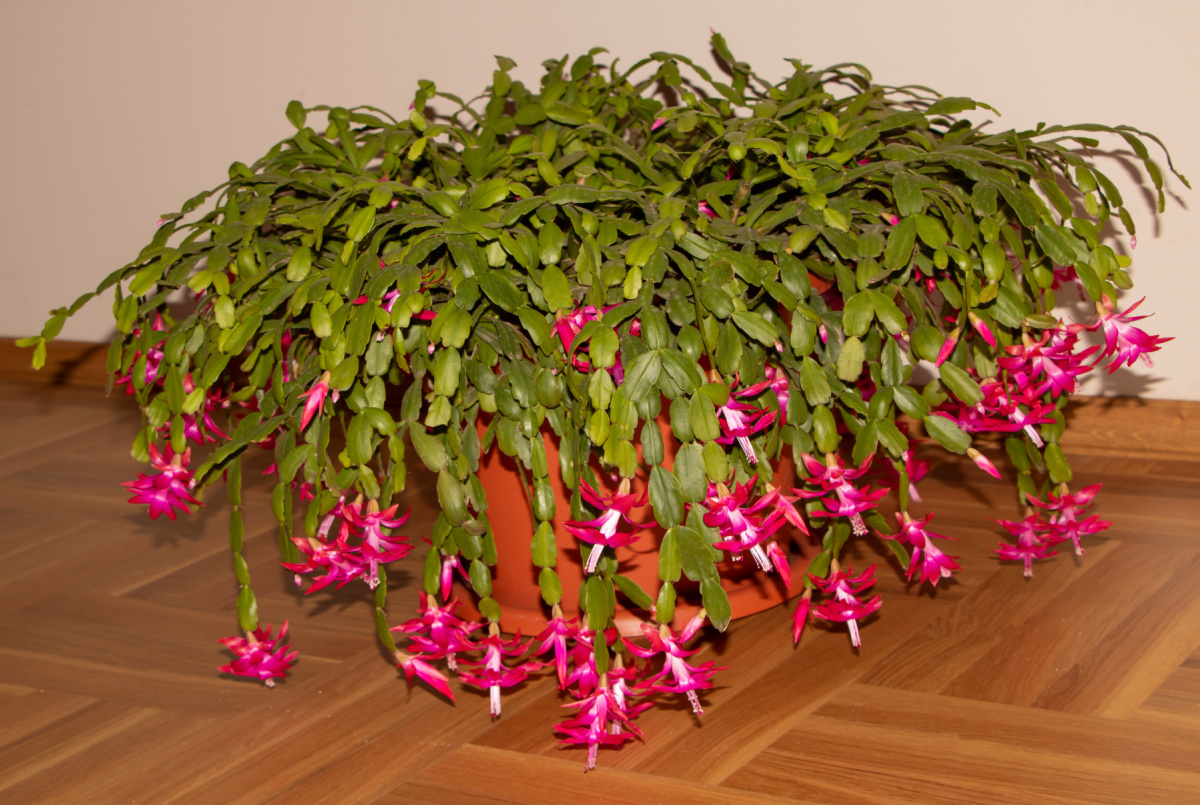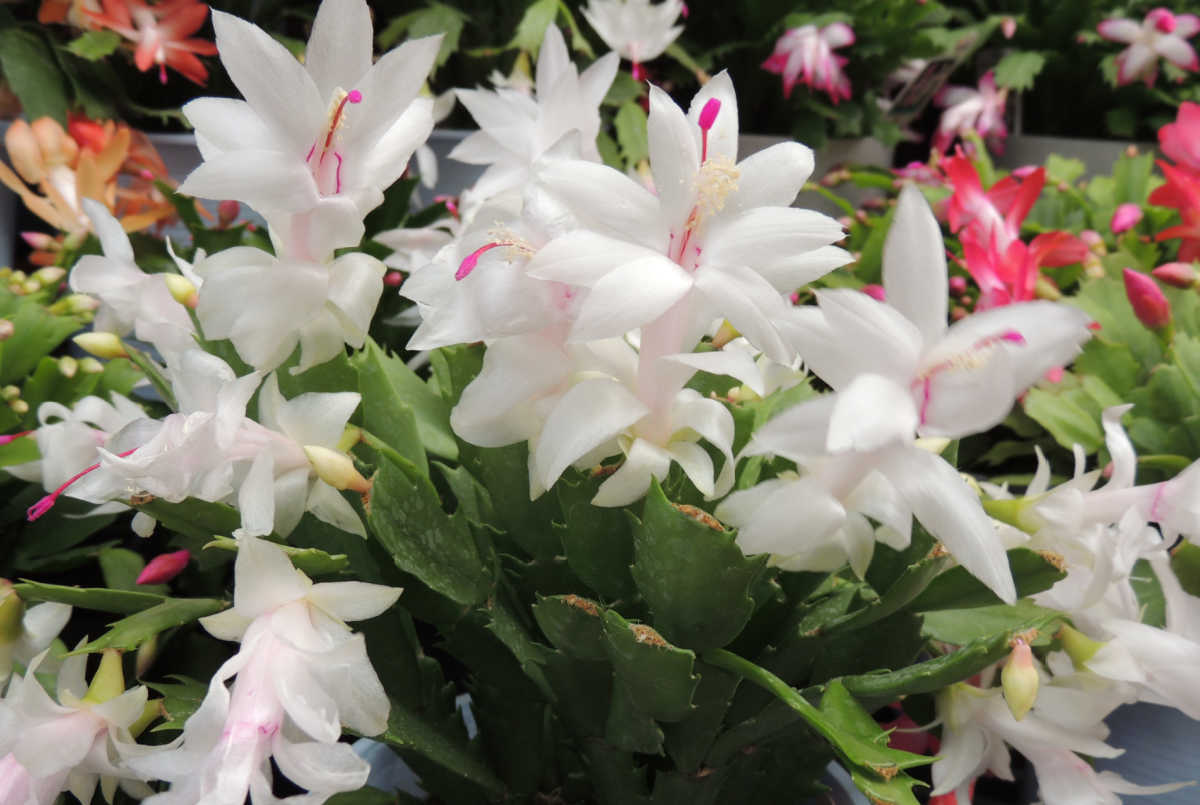Understanding the Unique Needs of Your Holiday Plant
The Christmas cactus is a popular holiday plant that requires special care to thrive. With its vibrant flowers and low-maintenance reputation, it’s no wonder this plant is a staple in many homes during the holiday season. However, to ensure your Christmas cactus remains healthy and blooms beautifully, it’s essential to understand its unique needs. One of the most critical factors in Christmas cactus care is meeting its light requirements for Christmas cactus. Proper lighting is crucial for optimal growth, flowering, and overall health. In fact, inadequate lighting can lead to weak growth, lack of blooms, and increased susceptibility to disease and pests. By providing the right amount and type of light, you can create an ideal environment for your Christmas cactus to flourish.
How to Provide the Perfect Amount of Light for Your Christmas Cactus
When it comes to the light requirements for Christmas cactus, it’s essential to strike a balance between providing enough light for optimal growth and avoiding excessive light that can cause damage. The ideal duration of light for a Christmas cactus is 12-14 hours of indirect light per day. This can be achieved by placing the plant near an east- or west-facing window, which provides gentle, indirect light.
In terms of intensity, Christmas cacti prefer bright, indirect light. Direct sunlight can be too intense and may cause the leaves to become scorched or discolored. If you’re using artificial lighting, a low-to-moderate intensity is recommended. Aim for a light intensity of around 10-15 watts per square foot.
Natural light is always the best option for Christmas cacti, but if that’s not possible, artificial lighting can be a suitable alternative. Fluorescent lights or LED grow lights are good options, as they provide a balanced spectrum of light that promotes healthy growth. Avoid using incandescent bulbs, as they produce too much heat and can cause damage to the plant.
It’s also important to consider the type of light your Christmas cactus is receiving. Cool, blue-spectrum light promotes vegetative growth, while warm, red-spectrum light encourages flowering. A balanced spectrum of light that includes both blue and red wavelengths will provide the best results.
By providing the right amount and type of light, you can encourage your Christmas cactus to thrive and produce beautiful blooms. Remember, the light requirements for Christmas cactus are unique, and meeting these needs is crucial for optimal growth and flowering.
The Impact of Insufficient Light on Your Christmas Cactus
Inadequate lighting can have a significant impact on the health and well-being of your Christmas cactus. When a Christmas cactus does not receive sufficient light, it can lead to a range of problems that affect its growth, flowering, and overall health.
One of the most noticeable effects of insufficient light is weak growth. Christmas cacti that do not receive enough light may become leggy and stretched, with long, thin stems and sparse foliage. This can make the plant look unhealthy and unattractive.
In addition to weak growth, inadequate lighting can also prevent your Christmas cactus from blooming. Christmas cacti require a certain amount of light to produce flowers, and if they do not receive it, they may not bloom at all. This can be disappointing, especially if you’re looking forward to enjoying the plant’s beautiful flowers during the holiday season.
Insufficient light can also make your Christmas cactus more susceptible to disease and pests. When a plant is weak and stressed due to inadequate lighting, it may be more vulnerable to attacks from pests like mealybugs, spider mites, and scale. Additionally, weak plants may be more prone to diseases like root rot and leaf spot.
Furthermore, inadequate lighting can affect the color and texture of your Christmas cactus’s leaves. Leaves may become pale, yellow, or discolored, and may lose their natural glossy texture. This can make the plant look unhealthy and unattractive.
It’s essential to provide your Christmas cactus with the right amount of light to prevent these problems. By understanding the light requirements for Christmas cactus and providing the necessary amount of light, you can help your plant thrive and enjoy its beautiful blooms during the holiday season.
East- vs. West-Facing Windows: Which is Best for Your Christmas Cactus?
When it comes to choosing the right window orientation for your Christmas cactus, it’s essential to consider the type of light your plant will receive. Both east- and west-facing windows can provide suitable light for your Christmas cactus, but they have some key differences.
East-facing windows receive gentle, indirect light in the morning, which is ideal for Christmas cacti. This type of light is soft and warm, making it perfect for promoting healthy growth and blooming. East-facing windows are also less likely to receive direct sunlight, which can be too intense for Christmas cacti.
West-facing windows, on the other hand, receive direct sunlight in the afternoon, which can be beneficial for Christmas cacti that require more intense light. However, west-facing windows can also receive harsh, direct sunlight, which can cause the leaves to become scorched or discolored. To avoid this, it’s essential to provide some shade or filter the light with a sheer curtain.
It’s also important to consider temperature fluctuations when choosing a window orientation for your Christmas cactus. East-facing windows tend to be cooler, while west-facing windows can be warmer. Christmas cacti prefer temperatures between 60-70°F (15-21°C), so it’s essential to choose a window that provides a consistent temperature.
Ultimately, the best window orientation for your Christmas cactus will depend on the specific light requirements for Christmas cactus and the temperature fluctuations in your home. By considering these factors, you can choose the perfect spot for your plant to thrive.
Supplementing Natural Light with Artificial Lighting Options
While natural light is always the best option for Christmas cacti, it’s not always possible to provide the ideal amount of light, especially during the winter months. This is where artificial lighting options come in. By supplementing natural light with artificial light, you can ensure your Christmas cactus receives the light it needs to thrive.
There are several types of artificial lighting options available, including grow lights, LED lights, and fluorescent lights. Each type of light has its own benefits and drawbacks, and choosing the right one will depend on your specific situation.
Grow lights, for example, are designed specifically for plants and provide a broad spectrum of light that mimics natural daylight. They are often more expensive than other options, but they provide the most natural light possible. LED lights, on the other hand, are energy-efficient and produce very little heat, making them a great option for plants that are sensitive to temperature fluctuations. Fluorescent lights are another popular option and are often less expensive than grow lights.
When choosing an artificial lighting option, it’s essential to consider the duration and intensity of the light. Christmas cacti require 12-14 hours of light per day, so you’ll need to choose a light that can provide this amount of light. It’s also important to consider the intensity of the light, as Christmas cacti prefer bright, indirect light.
In addition to choosing the right type of light, it’s also important to consider the placement of the light. Christmas cacti should be placed 6-8 inches away from the light source to ensure they receive the right amount of light. You should also avoid placing the light too close to the plant, as this can cause the leaves to become scorched.
By supplementing natural light with artificial lighting options, you can ensure your Christmas cactus receives the light requirements for Christmas cactus it needs to thrive. Remember to choose the right type of light, consider the duration and intensity of the light, and place the light in the right location to provide the best possible care for your plant.
Monitoring and Adjusting Light Exposure for Seasonal Changes
As the seasons change, so do the light requirements for Christmas cactus. To ensure optimal growth and blooming, it’s essential to adjust light exposure accordingly. During the winter months, Christmas cacti require less light, as they are in a state of dormancy. Reducing light exposure during this time can help promote healthy growth and prevent weak, leggy stems.
In contrast, during the spring and summer months, Christmas cacti require more light to promote healthy growth and blooming. Increasing light exposure during this time can help stimulate flower production and encourage vibrant, colorful blooms.
When adjusting light exposure for seasonal changes, it’s essential to consider the type of light your Christmas cactus is receiving. Natural light, for example, is more intense during the summer months, so it may be necessary to provide some shade or filter the light to prevent scorching.
Artificial lighting options, on the other hand, can be adjusted to provide the right amount of light for your Christmas cactus. By increasing or decreasing the duration and intensity of the light, you can ensure your plant is receiving the light requirements for Christmas cactus it needs to thrive.
Some tips for adjusting light exposure for seasonal changes include:
- Reducing light exposure by 1-2 hours during the winter months
- Increasing light exposure by 1-2 hours during the spring and summer months
- Providing some shade or filter during the summer months to prevent scorching
- Adjusting the intensity and duration of artificial lighting options accordingly
By monitoring and adjusting light exposure for seasonal changes, you can ensure your Christmas cactus receives the right amount of light to promote healthy growth and blooming.
Common Lighting Mistakes to Avoid with Your Christmas Cactus
When it comes to providing the right light requirements for Christmas cactus, it’s not just about providing enough light, but also about avoiding common mistakes that can hinder your plant’s growth and blooming. Here are some common lighting mistakes to avoid with your Christmas cactus:
Placing the plant in a dark corner: Christmas cacti need bright, indirect light to thrive. Placing them in a dark corner can lead to weak growth, lack of blooms, and increased susceptibility to disease and pests.
Exposing the plant to direct sunlight for too long: While Christmas cacti need some direct sunlight, exposing them to it for too long can cause scorching, especially during the summer months. It’s essential to provide some shade or filter the light to prevent this.
Not adjusting light exposure for seasonal changes: Failing to adjust light exposure according to seasonal changes can affect your Christmas cactus’s growth and blooming. Reducing light exposure during the winter months and increasing it during the spring and summer can help promote healthy growth and blooming.
Using the wrong type of artificial lighting: Not all artificial lighting options are created equal. Using the wrong type of lighting, such as incandescent bulbs, can provide inadequate light for your Christmas cactus. Instead, opt for LED lights, grow lights, or fluorescent lights that provide the right spectrum and intensity of light.
Not considering temperature fluctuations: Temperature fluctuations can affect the light requirements for Christmas cactus. For example, a south-facing window may receive direct sunlight during the winter months, but may be too hot during the summer months. It’s essential to consider temperature fluctuations when choosing a window orientation for your Christmas cactus.
By avoiding these common lighting mistakes, you can ensure your Christmas cactus receives the right amount of light to promote healthy growth and blooming.
Creating a Lighting Schedule for Your Christmas Cactus
Creating a lighting schedule for your Christmas cactus can help ensure it receives the right amount of light to promote healthy growth and blooming. Here’s a sample lighting schedule to help you get started:
Winter Months (December to February):
- Provide 10-12 hours of indirect light per day
- Reduce direct sunlight to 1-2 hours per day
- Use artificial lighting options, such as LED lights or grow lights, for 4-6 hours per day
Spring Months (March to May):
- Gradually increase indirect light to 12-14 hours per day
- Increase direct sunlight to 2-3 hours per day
- Continue using artificial lighting options for 4-6 hours per day
Summer Months (June to August):
- Provide 14-16 hours of indirect light per day
- Increase direct sunlight to 3-4 hours per day
- Reduce artificial lighting options to 2-4 hours per day
Fall Months (September to November):
- Gradually decrease indirect light to 12-14 hours per day
- Reduce direct sunlight to 2-3 hours per day
- Continue using artificial lighting options for 4-6 hours per day
By following this lighting schedule, you can ensure your Christmas cactus receives the right amount of light to promote healthy growth and blooming. Remember to adjust the schedule based on your plant’s specific needs and the light requirements for Christmas cactus in your area.
Remember, the key to creating a successful lighting schedule is to monitor your plant’s response to light and adjust accordingly. By doing so, you can ensure your Christmas cactus thrives and provides beautiful blooms for years to come.






